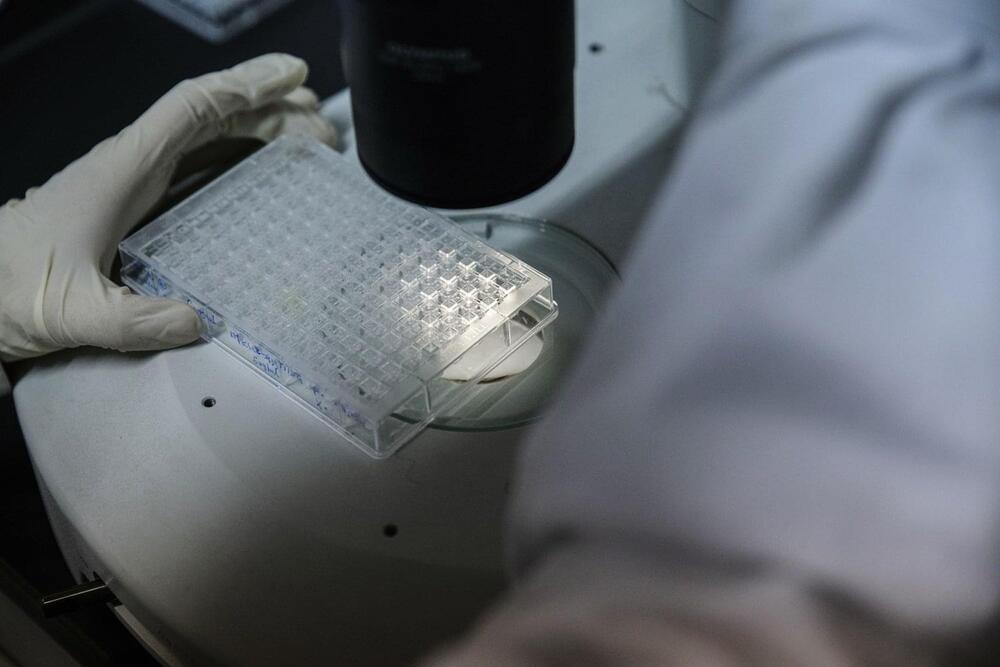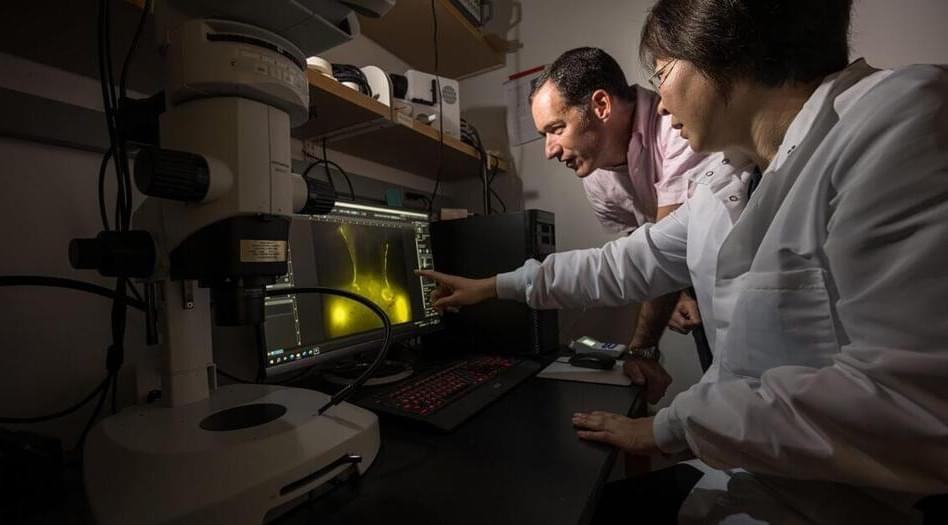*JOIN THE PHYSIONIC INSIDERS [PREMIUM CONTENT]*Join the Physionic Insiders [Standard Tier]: https://bit.ly/PhysionicInsiders2 Join the Physionic Insiders [Pr…
Get the latest international news and world events from around the world.

Astronomers discover Cosmic Highways allowing rapid space travel
A new superhighway network has been identified by researchers, which enables significantly faster travel through the Solar System than was previously feasible. This network can facilitate the transportation of comets and asteroids from Jupiter to Neptune in under a decade and up to 100 astronomical units within a century.
The technology could facilitate swift transportation of spacecraft to the remote regions of our solar system while also aiding in the detection and understanding of nearby objects that pose a threat of colliding with our planet.
In a paper published on November 25, 2020, in the journal Science Advances, researchers have identified a series of interconnected arches forming space manifolds that extend from the asteroid belt to Uranus and beyond, which create a new “celestial autobahn.” These structures operate on a much shorter time scale of several decades, as opposed to the hundreds of thousands or millions of years characteristic of Solar System dynamics.


A New Look at Galaxy Boundaries: Discoveries from Deep Imaging of Cosmic Gas
“The circumgalactic medium plays a huge role in that cycling of that gas,” said Dr. Nikole Nielsen.
What are the exact sizes of galaxies, and are they bigger than they appear in deep space images? This is what a recent study published in Nature Astronomy hopes to address as an international team of researchers investigated the dust cloud that has long been hypothesized to orbit galaxies, indicating that galaxies are bigger than they appear. This study holds the potential to help scientists better understand the formation and evolution of galaxies, along with where the galaxy ends, and open space begins.
For the study, the researchers examined what’s known as the circumgalactic medium (CGM), which is a gas reservoir that extends far beyond a galaxy’s observable boundary, within a star-forming galaxy located 270 million light-years from Earth. Using novel imaging methods with ASTRO 3D, the researchers were able to observe this galaxy’s CGM extends as far out as 100,000 light-years beyond the galaxy’s observable boundary. Additionally, the team reports the physical aspects of the gas cloud, which is comprised of oxygen and hydrogen, changed as the gas cloud extended farther out.

Cleaning up the aging brain
Alzheimer’s, Parkinson’s, and other neurological disorders can be seen as “dirty brain” diseases, where the brain struggles to clear out harmful waste. Aging is a key risk factor because, as we grow older, our brain’s ability to remove toxic buildup slows down. However, new research in mice demonstrates that it’s possible to reverse age-related effects and restore the brain’s waste-clearing process.
“This research shows that restoring cervical lymph vessel function can substantially rescue the slower removal of waste from the brain associated with age,” says Douglas Kelley, a professor of mechanical engineering at the University of Rochester. “Moreover, this was accomplished with a drug already being used clinically, offering a potential treatment strategy.”
Kelley is one of the lead authors of the study, which appears in the journal Nature Aging, along with Maiken Nedergaard, codirector the University’s Center for Translational Neuromedicine. The study is one of many collaborations carried out by researchers at Rochester’s Hajim School of Engineering & Applied Sciences and the Medical Center.

Massive credit card breach hits 1.7 MILLION people
Almost 1.7 million consumers in the US and Canada may have had their data exposed in a massive credit card database breach.
Florida-based Slim CD, a payment processor, is sending emails to customers that their information may have been accessed anytime from August 2023 to June 2024.
The company provides software systems to merchants, allowing them to take any kind of electronic payment, both online and in-person, across variety of hardware.




Super-Earth Exoplanet Formation Becomes Nearly Impossible Around Metal-Poor Stars
How can the metal content of stars influence the formation of Earth-like exoplanets? This is what a recent study published in The Astronomical Journal hopes to address as an international team of researchers investigated the minimum amount of metals a star can possess (also called metallicity) that are needed for Earth-like planets to form in small orbits like our own. This study holds the potential to help researchers better understand the necessary conditions for Earth-like exoplanets to form, along with gaining new insights into the formation and evolution of other exoplanets.
This research builds off previous studies that hypothesized a correlation between star’s low metallicity and the formation of exoplanets smaller than Saturn or Neptune. For this new study, the researchers used computer models built from exoplanet data obtained by NASA’s Transiting Exoplanet Survey Satellite (TESS) mission to ascertain a metallicity cutoff where the formation of Earth-like exoplanets become impossible. In the end, the researchers indicated that a threshold between-0.75 and-0.5 metallicity is where Earth-like exoplanets can form.
“In a similar stellar type as our sample, we now know not to expect planet formation to be abundant once you pass a negative 0.5 metallicity region,” said Dr. Kiersten Boley, who recently completed her PhD at The Ohio State University and is lead author of the study. “That’s kind of striking because we actually have data to show that now. You don’t want to search areas where life wouldn’t be conducive or in areas where you don’t even think you’re going to find a planet. There’s just a plethora of questions that you can ask if you know these things.”